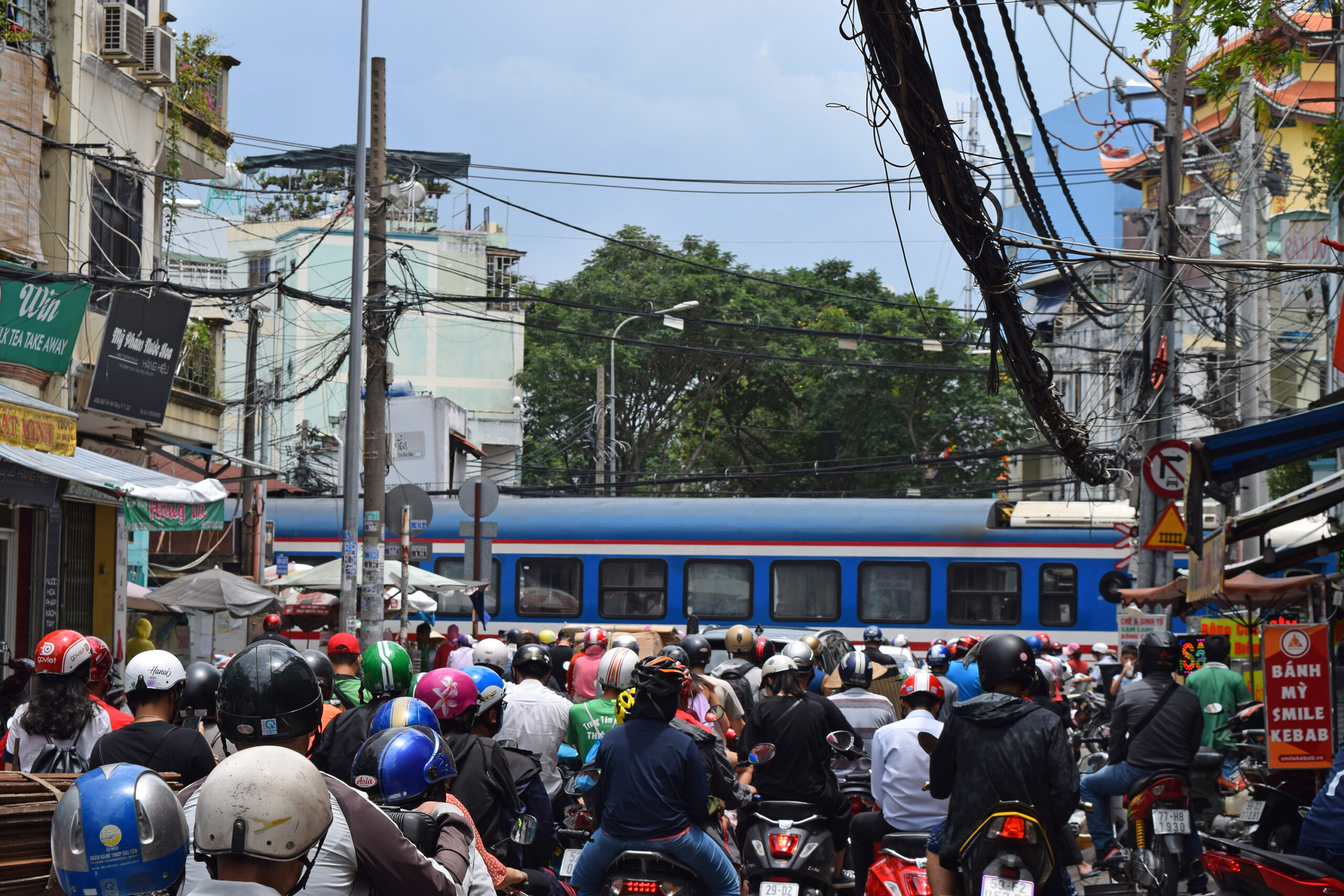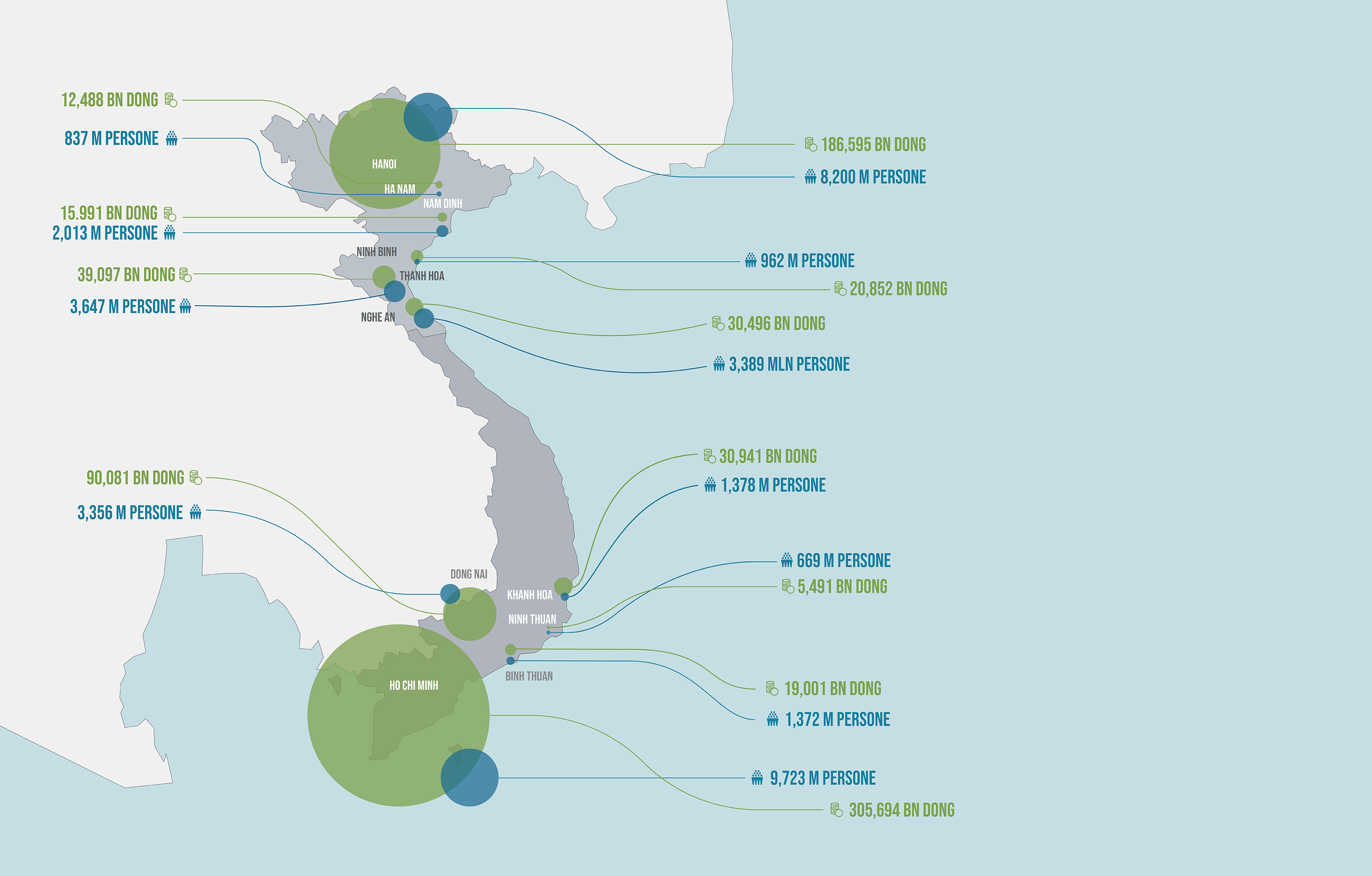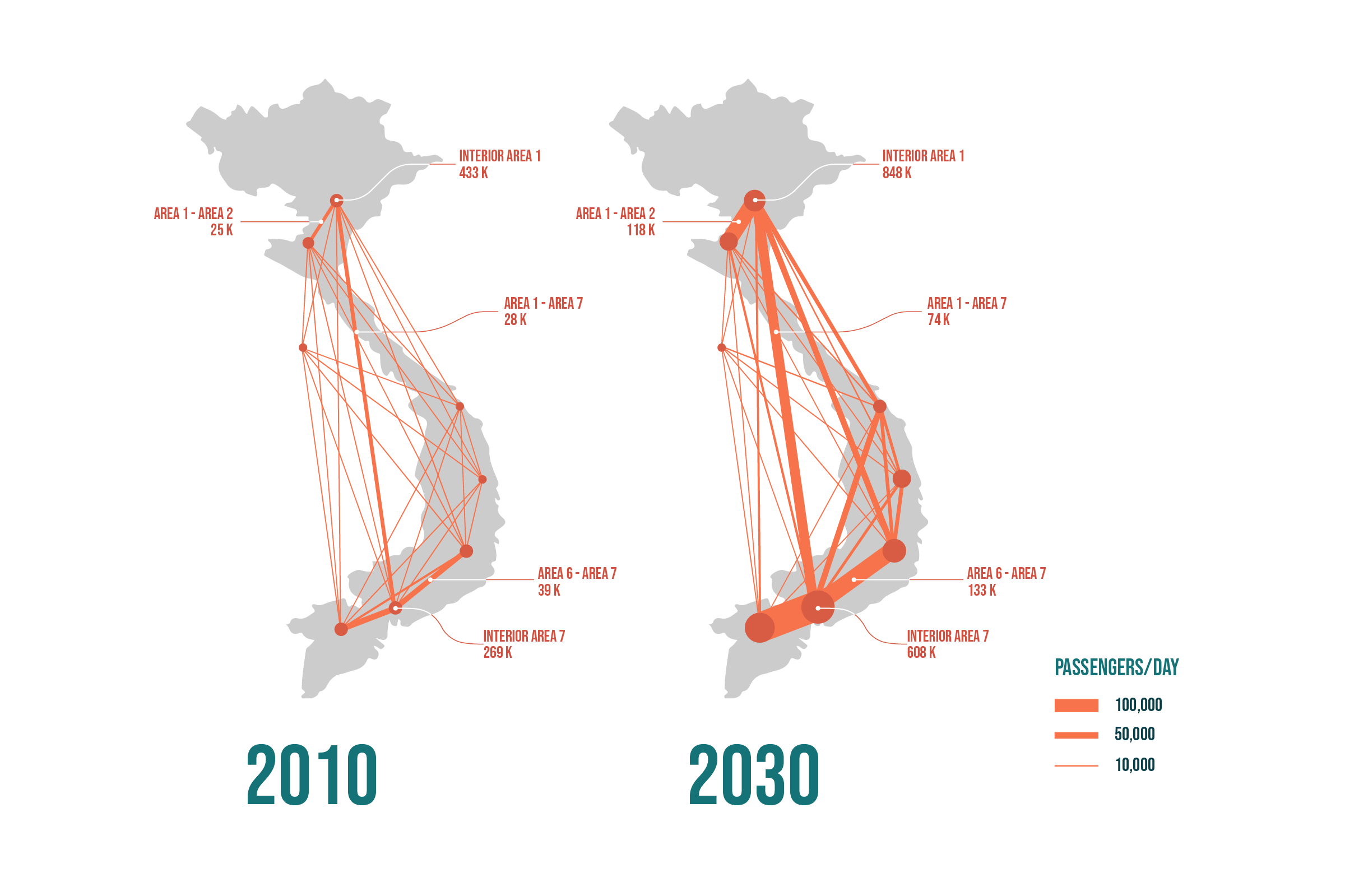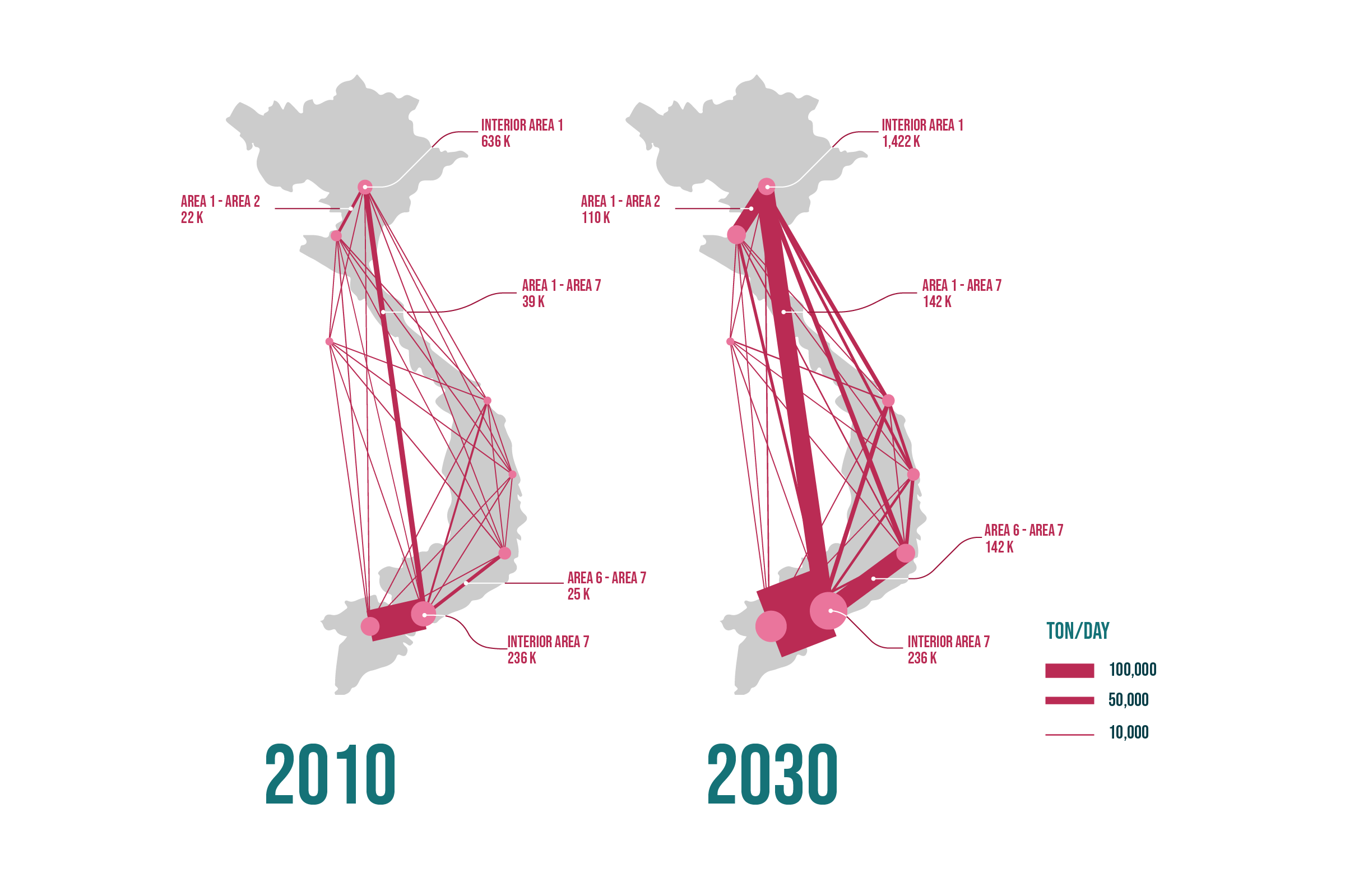The modernisation of the railway system in Vietnam
A strategy for the accessibilitỳ and integration of mobilitỳ for passengers and freight
Vietnam is a long country of not much more than 300,000 km2, about 80% of which is hills and mountains. It has two main cities – Hanoi, the administrative capital, and Ho Chi Minh (the former Saigon), the economic and financial capital, more than 1600 km away.
“From certain points of view, it has many features in common with Italy, especially if we think of the networks of national connections, the orographic difficulties and, for goods, the need for fast and frequent connections between the two ‘capitals’, also with the commercial ports along Pacific coast, a strategic relevance as a ‘logistics platform’ for the neighbouring inland countries. The tale of a pre-HS Italy.”
From the infrastructural point of view, the railway system is the main national distributor and, for transport services, one of the potentially most relevant assets for promoting social-economic development in the interests of modernisation, ensuring international integration and strengthening regional cohesion. In this sense, the history of HS in Italy is a real experience with various similar elements.
In this setting, the Vietnamese government set the aim of strengthening the existing railway network in terms of increasing the revenue speed of passenger and goods trains, also with a view to efficiency and transport safety. This was why a specific technical-economic feasibility study that evaluates the optimisation, development and modernisation of the national railway network to sustain the achievement of these objectives in the medium period was needed.
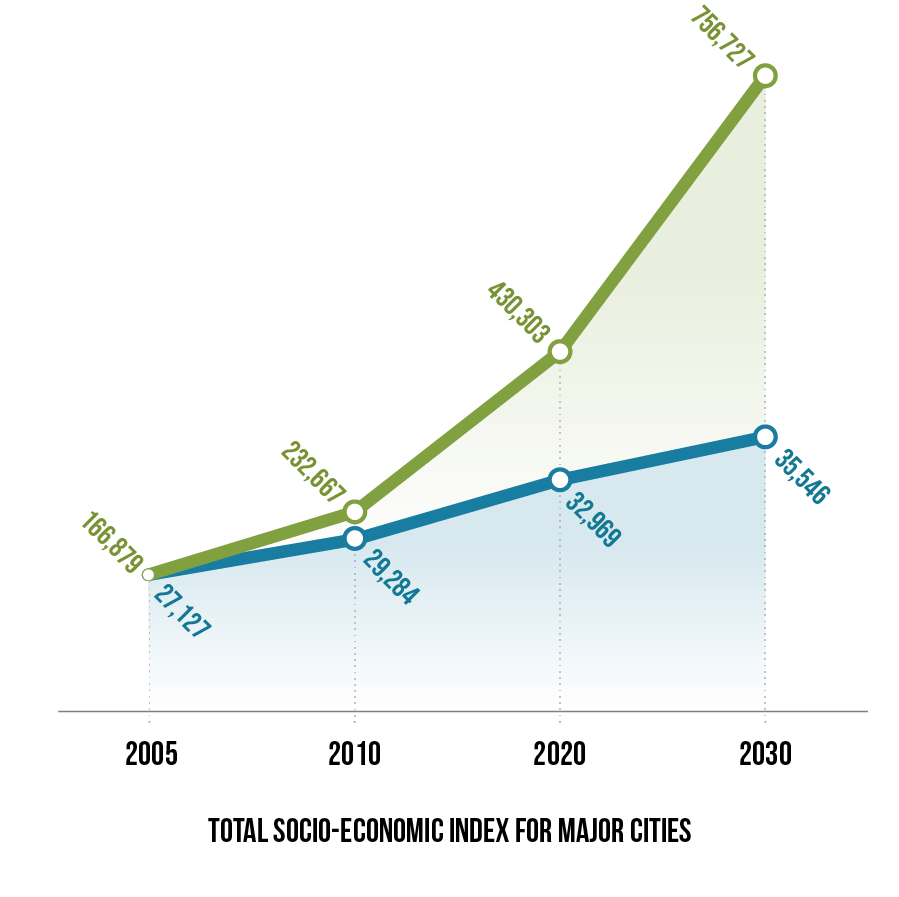
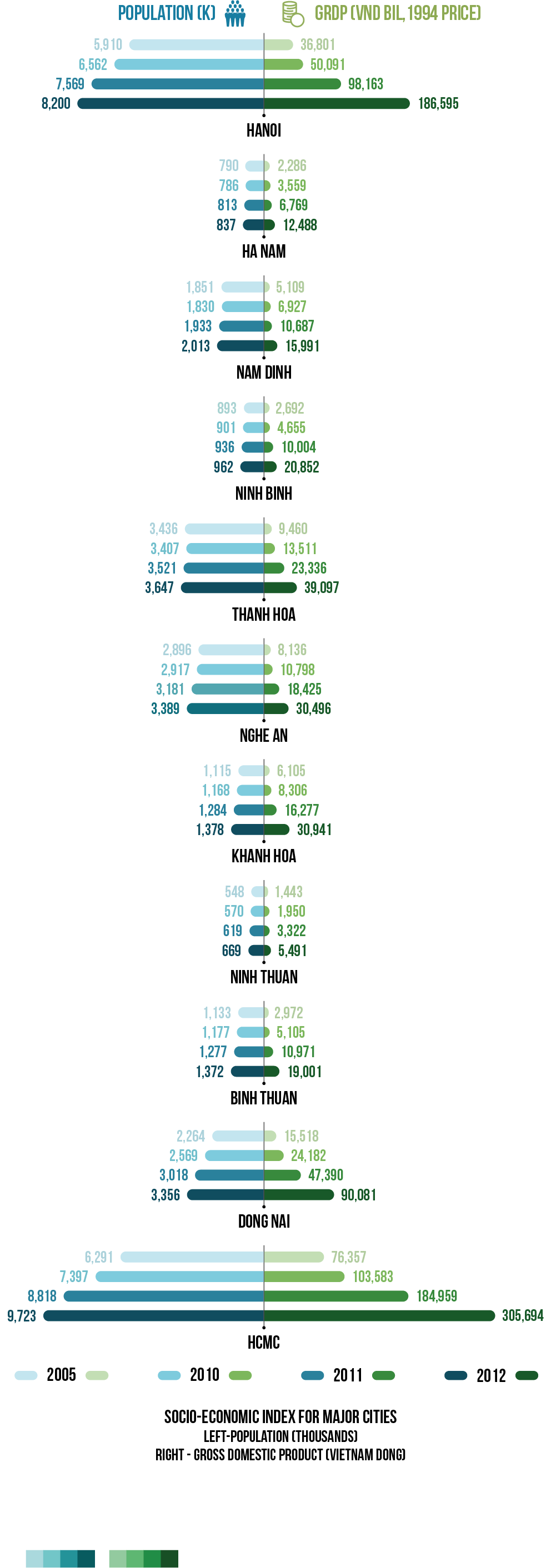
NET Engineering was concerned with developing the study within the scope of the co-operation between the Ministry of Infrastructure and Transport of the Republic of Italy and the Ministry of Transport of the Socialist Republic of Vietnam, as stated in the protocol of agreement signed in Rome on 22 November 2016. The initiative is in line with the decisions of Nguyen Tan Dung, the Vietnamese Prime Minister, on railway transport development strategies and general planning until 2020, with a time-frame projected to 2030-2050.
There were obviously many topics to consider with little space to deal with them:
- Analysis of the context, starting from a social-economic and geographical analysis providing solid elements on the estimate of the potential travel demand with respect to future time frames;
- Assessment of the most attractive sections and services;
- Study of the new role of the main stations of Hanoi and Ho Chi Minh as drivers for urban regeneration and motors for the increase in accessibility.
- The new Hanoi railway station;;
- The analysis of the proposals for the new high-speed train station in Hanoi in terms of supply and expected traffic.
“Walking with difficulty through the streets of Ho Chi Minh, there are swarms of mopeds, an obvious, evident ‘symptom’ of an urban transformation that remains ‘accessible’ at the cost of being ‘unsustainable’. A transformation which impacts everyday life and, clearly, mobility. A transformation which rapidly changes the ‘shape’ of the city.”
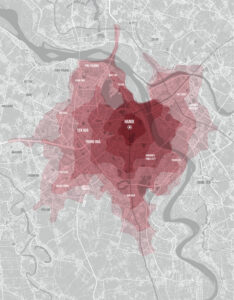
Effectively, the feasibility study reconstructed the precise reference framework of the railway network structure from the technical, technological and infrastructural points of view, checking the actual performance and assessing the feasibility and opportunity of some targeted operations. In addition, it investigated further the strategies for the accessibility of the stations and the integration of mobility systems and services with the railway system in the two main centres of the corridor, i.e. Hanoi and Ho Chi Minh.
However, above all, it created a ‘common playground’ for thinking about the north-south railway corridor, more oriented to passenger traffic (in competition with the current air traffic), and that from east to west, from Hanoi to the sea, which satisfies the requirements of demand for goods towards the port of Haiphong, both from the productive areas in the north of the country and the neighbouring China.
